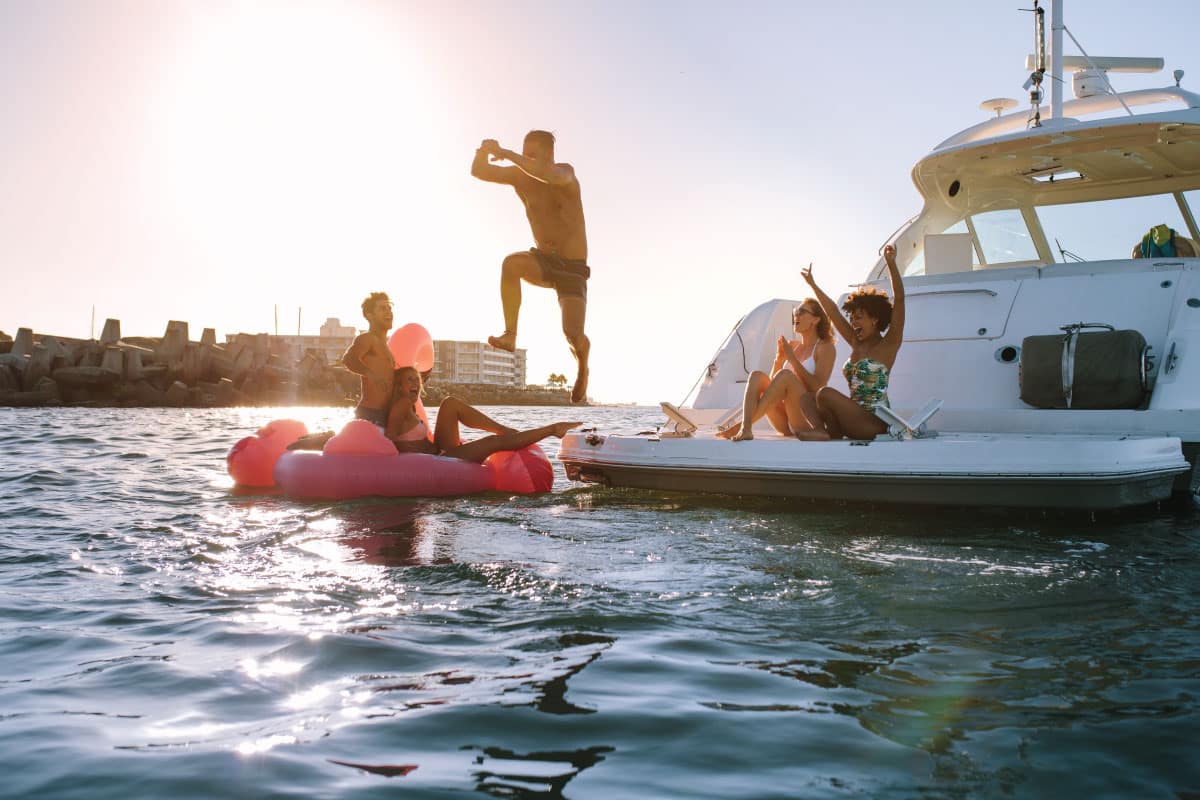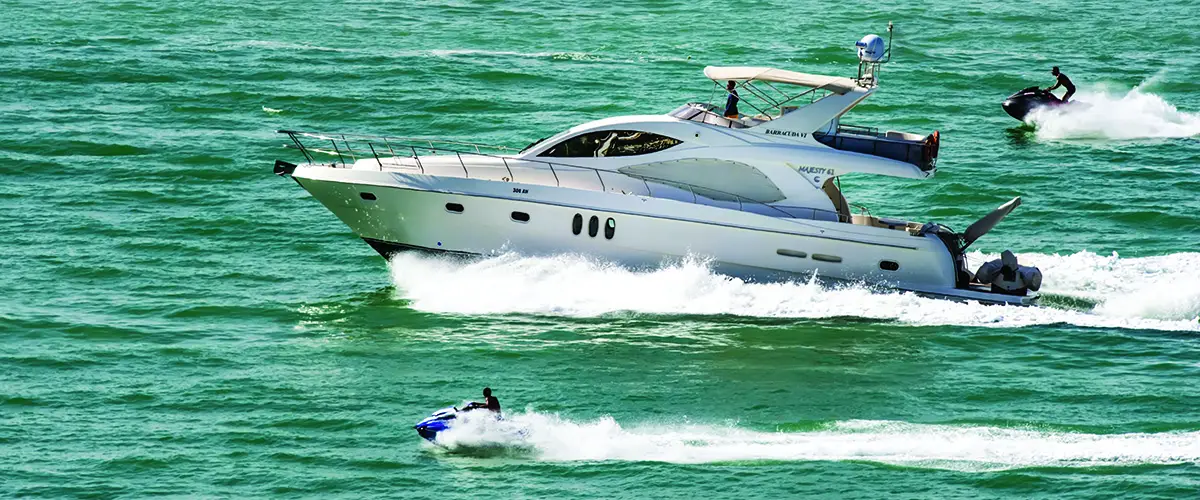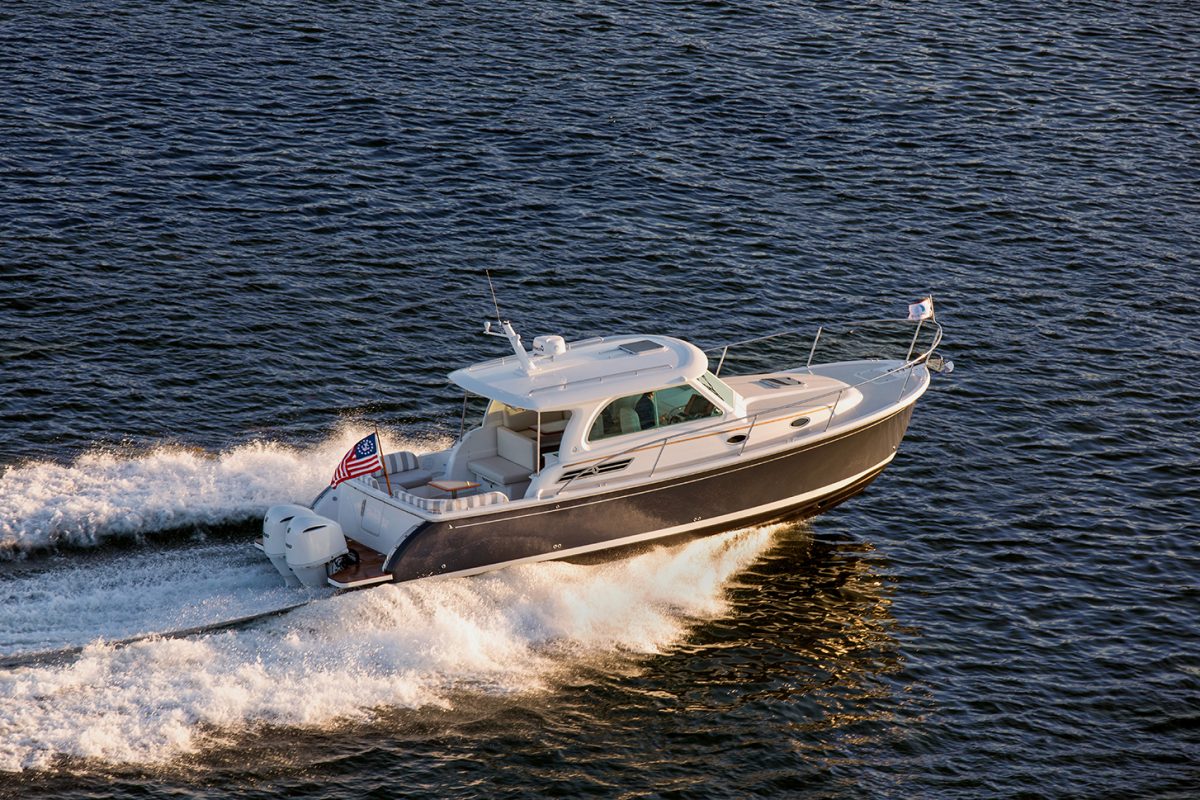How Can Propeller Strike Accidents Be Avoided? Essential Safety Tips
Propeller strikes are one of the most serious accidents that can happen on the water, often leading to severe injuries or fatalities.
Preventing such accidents involves following basic safety rules and using specific equipment.
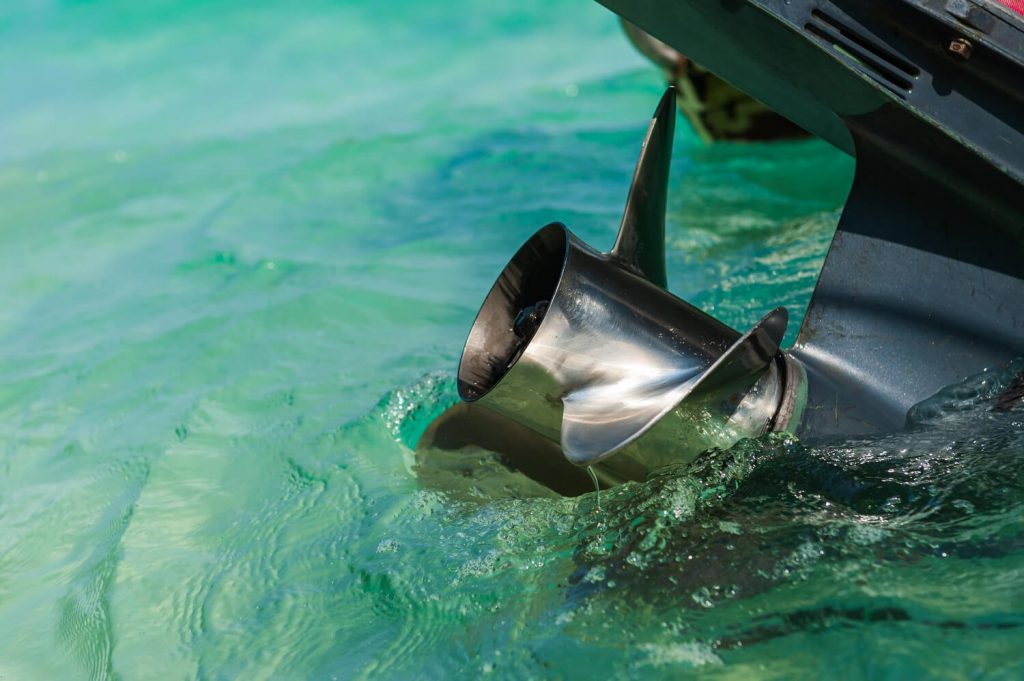
By focusing on safety practices, boaters can dramatically reduce the risk of these dangerous incidents.
Many propeller strike accidents can be avoided by using an engine cut-off switch lanyard, a simple device that turns off the engine if the operator is thrown overboard.
Avoiding reversing near swimmers or divers and ensuring visibility are also crucial steps.
These actions, combined with responsible boating practices, make all the difference in protecting passengers and marine life.
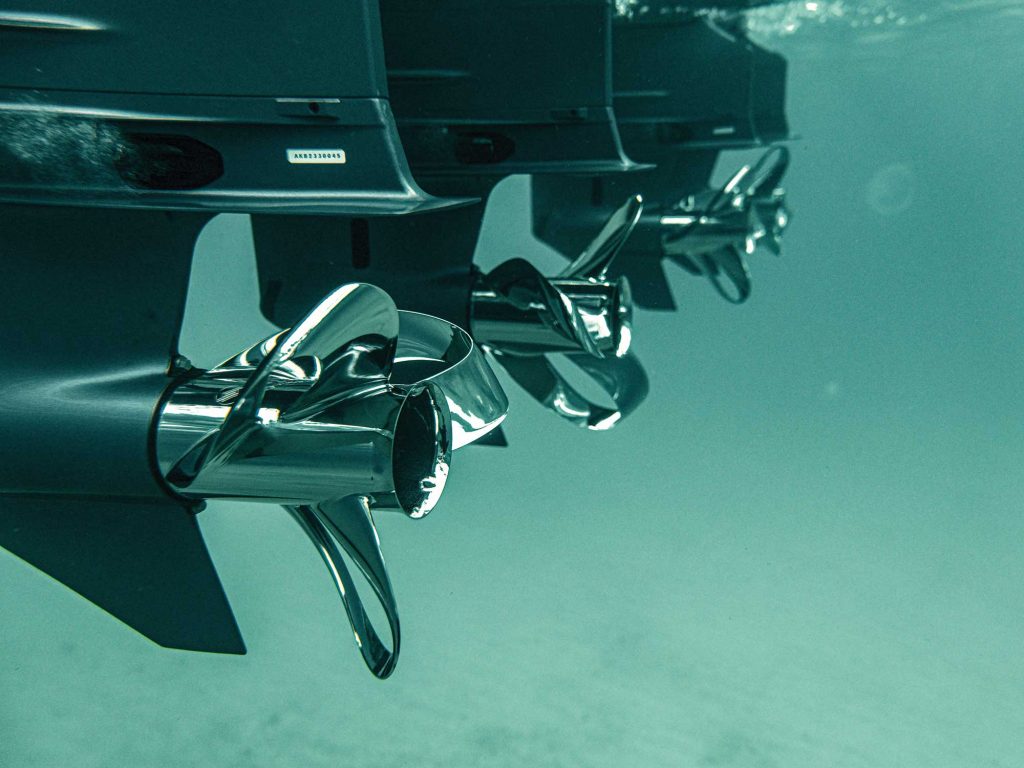
Staying aware and maintaining safe boating practices not only prevents propeller accidents but also ensures a pleasurable and secure experience for everyone on board.
Implementing these strategies, boaters can enjoy their time on the water while significantly reducing the risk of tragic accidents.
Key Takeaways
- Engine cut-off switch lanyards are essential for safety.
- Responsible boating practices reduce propeller strike risks.
- Awareness and visibility are crucial on the water.
Understanding Propeller Strike Accidents
Propeller strikes involve serious injuries caused by the spinning blades of a boat's propeller. These accidents often result from specific actions or situations that put individuals at risk.
Defining Propeller Strike Accidents
A propeller strike accident occurs when a person or object comes into contact with the fast-moving blades of a boat's propeller.
The spinning propeller blades can cause severe injuries or even fatalities. These accidents are particularly dangerous because propellers can strike multiple times in just a fraction of a second, leading to massive trauma.
Propeller-related injuries can involve deep cuts, broken bones, and even amputations. The severity of these injuries often necessitates immediate medical attention.
Understanding the mechanisms behind these accidents is crucial to prevent them effectively.

Common Causes of Propeller Accidents
Propeller strikes typically happen near boats where individuals are in or close to the water.
One common cause is passengers falling overboard while the engine is running. This situation poses a direct threat as the person can quickly be struck by the spinning blades.
Another frequent cause is when swimmers, divers, or water sports enthusiasts are too close to a running boat. They might not be visible to the boat operator, increasing the risk of an accident. Lack of awareness and failure to maintain safe distances often contribute to these dangerous scenarios.
In some cases, propeller accidents occur during the process of boarding or disembarking from a boat.
If the engine remains on during these activities, the risk of accidental contact with the propeller is significantly heightened. Ensuring the engine is off and the propeller is still during such moments is critical for safety.
Key Safety Equipment and Devices
There are several safety devices and equipment that can help reduce the risk of propeller strike accidents. These include propeller guards, life jackets, engine cut-off switches, and visibility aids.
Propeller Guards and Their Significance
Propeller guards are protective devices placed around boat propellers to prevent contact with people or objects.
These guards are often made of durable materials like stainless steel or plastic.
They work by covering the blades of the propeller, reducing the chances of direct strikes.
Propeller guards are especially important in crowded or busy waters where swimmers and divers may be present. By limiting the exposure of the rotating blades, these guards provide an added layer of safety for everyone in the water.
Life Jackets and Personal Flotation Devices
Life jackets and personal flotation devices (PFDs) are essential for boating safety.
They keep individuals afloat and are critical during emergencies. Even strong swimmers can benefit from wearing a PFD, especially in rough waters.
Life jackets come in various designs to suit different activities, such as fishing, water sports, and casual boating.
Wearing a properly-fitted life jacket increases visibility and makes it easier for rescuers to locate someone in the water.
It’s vital that everyone onboard, including children and pets, wears a life jacket at all times.
Engine Cut-Off Switches and Sensors
Engine cut-off switches, also known as kill switches, are crucial for preventing propeller accidents.
These devices automatically shut off the boat's engine if the operator falls overboard.
The engine cut-off switch lanyard, attached to the operator, disengages the engine when pulled. This prevents the boat from traveling on its own and potentially injuring someone.
Some modern boats also feature wireless sensors that detect a person overboard and stop the engine without the need for a physical lanyard.
Safety Equipment for Visibility
Visibility aids, such as buoys, beacons, and lights, play an important role in preventing accidents.
Brightly colored buoys can mark swimming areas, ensuring that boats stay clear.
Beacons and lights enhance visibility during nighttime or low-light conditions, making it easier to see and be seen.
Propeller warning labels and signs can alert passengers to the dangers of the propeller area.
Proper use of visibility aids can prevent accidents by keeping the boating area well-marked and safe for everyone.
Responsible Boating Practices
Responsible boating practices play a vital role in keeping everyone safe on the water.
These include educating on boating safety, avoiding alcohol and distractions, maintaining safe distances from others, and ensuring a proper lookout for potential hazards.
Educating on Boating Safety
Taking a boating safety course can make a significant difference.
These courses teach safe boating practices, including propeller safety and how to handle emergency situations.
Educational initiatives often stress the importance of defensive boating techniques and maintaining a proper lookout.
Proper training reduces the risk of carelessness which is a leading cause of accidents.
Boaters should also learn about responsible boating practices, such as turning off the engine when passengers are boarding or disembarking to prevent injuries from the propeller.
Avoiding Alcohol and Distractions
Operating a boat under the influence of alcohol is extremely dangerous.
Alcohol impairs judgment, slow reaction times, and increases the risk of accidents.
It is essential to avoid any kind of distraction.
The operator should always stay focused on the water, keeping an eye out for swimmers, divers, and other boats.
Alcohol consumption should be reserved for after boating activities to ensure everyone’s safety.
Remind passengers also to avoid distractions to help the operator maintain vigilance.
Maintaining Safe Distances
Maintaining a safe distance from other boats and from people in the water, such as swimmers or divers, is crucial.
This reduces the risk of collisions and propeller strikes.
When driving the boat, always watch the wake, which can affect others around you.
Especially keep a safe distance in crowded areas like marinas and beaches.
Understanding the local navigation rules can also help ensure you maintain proper distances at all times, contributing to a safer boating experience.
Navigational and Operative Measures
Effective navigation and proper operation of the boat are essential in preventing propeller strike accidents.
Ensuring safe steering, heightened awareness in busy and dangerous areas, and preparing for emergencies can significantly reduce risks.
Steering and Handling Precautions
Proper steering control is crucial.
Make sure to use anti-feedback steering systems that can help prevent sudden turns that might lead to accidents.
These systems maintain the boat's course without needing constant adjustments, reducing the risk of unintentional maneuvers.
Operators should also practice reversing slowly when near people in the water.
Moving at a controlled speed allows the operator to respond quickly if someone is spotted.
Using ringed propellers or propulsion alternatives, like jet drives, can further enhance safety.
These designs reduce the chance of direct contact with the spinning blades, offering an extra layer of protection.
Awareness in Congested and Hazardous Areas
Navigating through congested areas and hazardous zones demands extra vigilance.
Boat operators should always be on the lookout for swimmers, divers, and other vessels.
Establishing a lookout system can help monitor the surroundings, ensuring that no one gets too close to the propeller.
When getting underway, staying aware of nearby activities is crucial.
Operators should steer clear of marked swimming zones and always follow safe boating practices.
It's also important to avoid creating the "circle of death," a dangerous situation where a boat circles uncontrollably, putting swimmers at risk.
Strategies for Emergency Situations
Being prepared for emergencies can save lives.
Operators should always be ready to cut the engine.
An engine cut-off switch lanyard is a key tool, as it stops the engine if the operator is thrown from the helm.
This immediate response prevents the boat from continuing to move uncontrollably.
In addition, having a responsible adult on board who understands the basics of safe operation can make a difference in critical situations.
They should be familiar with the anchor's location and how to deploy it quickly to halt the boat's movement.
Regular safety drills and maintaining updated emergency equipment can help everyone on board react calmly and effectively during an unexpected event.
Designated Waterway Use and Markings
Designating specific areas for different maritime activities helps prevent accidents, such as propeller strikes, by clearly separating swimming zones, boating lanes, and areas for other activities.
Effective use of waterway markings, such as buoys, enhances safety by providing visual guidance to boat operators.
Understanding Swimming Zones and Boat Lanes
Swimming zones are often marked to keep swimmers safe by restricting vessel access.
These zones typically feature buoys or other markers that float on the water.
Marked swimming areas ensure that boat operators can easily identify no-go zones, reducing the risk of propeller strikes.
Boating lanes are designated pathways for navigating vessels.
These lanes help to manage traffic on the water, especially in congested areas where the risk of accidents can be higher.
Narrow or busy waterways often use warning buoys to direct boat traffic and protect swimmers.
Placement and Importance of Waterway Markings
Waterway markings are critical for safe navigation.
Warning buoys signify hazards or restricted areas, such as swimming zones or underwater dangers.
These buoys are usually brightly colored and easy to spot from a distance.
Anchorages should be well-marked to avoid boats drifting into swimming zones or other restricted areas.
Properly marked anchor zones reduce accidents by keeping stationary vessels clear of active boating or swimming lanes.
Clear signage and consistent placement of markers help boaters and swimmers understand safe zones and danger areas, preventing misunderstandings and potential accidents.
Using a combination of buoys, signs, and visual markers ensures that all waterway users can enjoy their activities safely.
Personal Protective Measures
Personal protective measures play a crucial role in ensuring the safety of individuals around boat propellers. Key practices include using life jackets, positioning a spotter, and taking precautions during swimming and diving activities.
Swimming and Diving Precautions
When swimming or diving near boats, individuals should strictly avoid areas where propellers are situated.
It's essential to keep a safe distance from the stern of the boat, as this is typically where propellers are located.
Life jackets should be worn by all swimmers and divers.
These not only provide buoyancy but also make individuals more visible in the water.
Boat operators should shut off engines completely when swimmers or divers are boarding or disembarking.
Propellers should not be moving when people are in the immediate vicinity of the boat.
Safety Protocols for Water Sports
Water sports such as skiing, tubing, or wakeboarding require special attention to safety.
Each participant must wear a properly fitted life jacket. This is non-negotiable and significantly reduces the risk of drowning.
A spotter should always be on board to keep an eye on participants in the water.
This person can alert the operator to stop the boat immediately if any dangers arise, including a person falling into the water.
Installing electronic sensors can enhance safety by detecting when someone is near the propeller.
These sensors can automatically trigger the engine to stop, further preventing accidents.
Using a swim platform can also help by providing a safe and stable area for people to enter and exit the water, reducing the risk of accidental falls near the propeller.
Frequently Asked Questions
Proper precautions, adherence to safety regulations, and understanding the boat’s design can significantly reduce the risk of propeller strike accidents. Below are some specific measures and guidelines to help ensure safety on the water.
What are effective measures for preventing propeller strike injuries during boating?
Maintaining awareness of the surroundings, particularly of swimmers, divers, and other vessels, is crucial.
Using lookouts when possible can help detect potential hazards early.
Always wear an engine cutoff switch lanyard to stop the engine if the operator is ejected.
What steps should be taken to avoid accidents when reboarding a personal watercraft (PWC)?
Turn off the engine when passengers are reboarding.
Ensure everyone is clear of the propeller before starting the engine again.
Avoid overloading the PWC as it can reduce maneuverability and increase the risk of accidents.
How can one ensure safety from propeller strikes while retrieving a fallen water skier?
Slow down and approach the fallen skier at a safe speed.
Turn off the engine once you are close and only start it again when the skier is safely aboard.
Use a spotter to keep an eye on the skier and communicate with the boat operator.
Which boat operation laws and regulations can minimize the risk of propeller strike accidents?
Familiarize yourself with and follow local boating regulations, which often include specific rules for safe operation near swimmers and other boats.
Use designated swimming areas and respect no-wake zones to reduce the risk of accidents.
In what ways does the design of a PWC contribute to propeller safety?
Certain PWC designs feature enclosed propeller systems or jet drives, which reduce the risk of direct propeller strikes.
Look for vessels with these safety features to provide an added layer of protection for passengers and those around the boat.
What practices should be followed to prevent propeller strike accidents specific to boaters' education?
Education courses should emphasize safe boating practices. They should also cover proper lookout techniques and emergency response procedures. Stay informed about the latest safety technologies and strategies to improve overall awareness and prevention measures.
Charlie is Editor-in-Chief of Sea Magazine


